















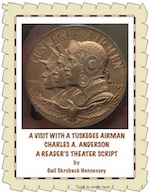







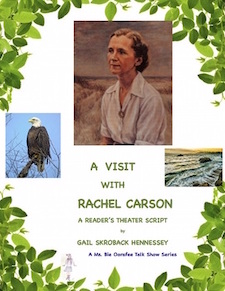

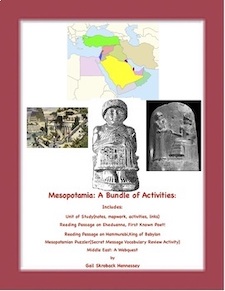
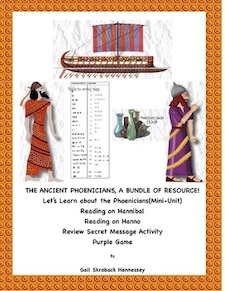


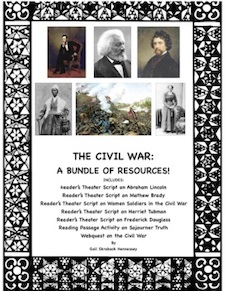


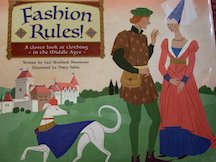
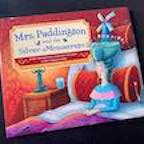
My Book-Mrs. Paddington and the Silver Mousetraps





Anti-Bullying Resources

Bell Ringers!

Updated regularly
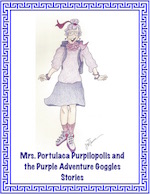
Mrs. Portulaca Purpilopilis
and the Purple Adventure Goggles




Facts to Wow your Friends!

 Teaching Ideas!
Teaching Ideas!
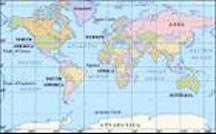







` `


Peter Kirk, Chairman of the British Tarantula Society
Tarantula Expert!
1. How did you become interested in spiders? Did anything as a student play a role?
When I was about 4 years old we moved to a town close to Epping Forest in south-east England.My earliest memories were finding stag beetles, toads and newts (similar to salamanders) which I kept for a little while and then released. At the age of 6, I moved close to another big woodland-the Chilterns. Again, here there was lots of wildlife to be seen which further stimulated my interest. My brother was interested in the mammals and birds whereas I was interested in the invertebrates and reptiles; when we went out, we didn't miss much!
2. Do you have a specific memory that you'd like to share about tracking down the face sized tarantula recently discovered in Sri Lanka? Any cool facts you'd like to share with kids?
Finding your first tarantula in the wild is always the most exciting thing. It wasn't the biggest, by any means, but it was definitely the best. It was in Sri Lanka, but up was way up in the cool highlands. After a long walk up through the tea plantations we reached the summit of the hills surrounding the town of Nuwara Eliya. After hours of walking through the mountain forest, getting cut on the thorns and bushes, I found an old, dead tree with a hole about 15 feet up. Still adept at tree-climbing, I put on a head-torch (to keep both hands free). I climbed up and wedged myself in place so I could see the silk-covered hole more clearly. Carefully removing the silk, I switched on my torch(flashlight) and peered into the hole to be greeted with the distinctive black and white banded legs with their beautiful flash of orange/yellow of the beautiful Poecilotheria subfuca. I was so excited I almost fell out of the tree...
3. Any thoughts for young people who may be interested in spiders, specifically the tarantula?
Join an organization, such as the British Tarantula Society to find out more about tarantulas. Under no circumstances should they rush out and buy a pet tarantula without carrying out the appropriate degree of research first. Some species are quite robust and will survive under a number of different condition, but some require very specific conditions without which they will simply die. Before getting any animal as a pet, especially those considered to be "exotic", you must find out about them BEFORE you get one. Also, I don't recommend handling tarantulas as it could lead to them getting bitten, getting tarantula hairs in your eyes (which can lead to some fairly serious problems) or you may drop your tarantula which is likely to kill it.
4. Do you have any tarantulas at your home?
The number I have at any particular time can vary depending on what aspect I am looking at and at the moment I have relatively few. At some times, I have had more than 300 and many people I know have more than this!Feeding and maintaining my spiders takes time. At the moment I am looking at describing some new species, so many of the spiders I have at the moment are dead, preserved specimens which are constantly under my microscope comparing and establishing the differences between the different species.
5. What locations in the world have you traveled? Have you faced challenging locations or situations? If, so, could you share a particular memory?
I have travelled mostly in the far east; India, Sri Lanka and Sabah and Sarawak (in Borneo). I have wonderful memories from all of these places and have seen some incredible wildlife, leopards, king cobras, elephants, crocodiles.One time though, in Sri Lanka during their civil war, I was alone at night in a forest that I had been told it was dangerous to be in. After having startled a troop of monkeys and a herd of deer I had walked for another half an hour before almost stumbling into a military camp. I quickly turned round and got out of there as quickly as possible. Once a safe distance away, I started to move quicker when, on the ridge above me I saw a light moving at the same speed as me. I thought it was an armed soldier so I switched off my head torch and dived behind a tree. After a couple of minutes of listening and not hearing anything, I peered out from behind the tree to see the light (not moving) still there ...it was the moon! It was rather embarrassing so, on this occasion, I was glad I was on my own!
6. Can you share a couple of cool facts about tarantulaswith kids? Why do you think many people are afraid of spiders?
There are over 850 different species of tarantulas.They can range in size from about inch to over 12 inches in diagonal leg span. They are all venomous, but none are known to be dangerous to humans and there is no record of a single death from a tarantula bite. They have eight eyes, eight legs, two fangs and two pedipalps (which are like two small legs which act as "feelers". Some species, such as the Mexican red-knee, can live for almost 30 years in captivity! I especially study theornamental tree spiders of India and Sri Lanka (Poecilotheria) and some of the arboreal (tree-dwelling) spiders of the far east. The Poecilotheria are, in my opinion, some of the most beautiful tarantulas on our planet-the are large, fast and can be defensive (a term I prefer to "aggressive")-they have a little bit of character!
PHOTOGRAPH from Peter Kirk.THANK YOU!